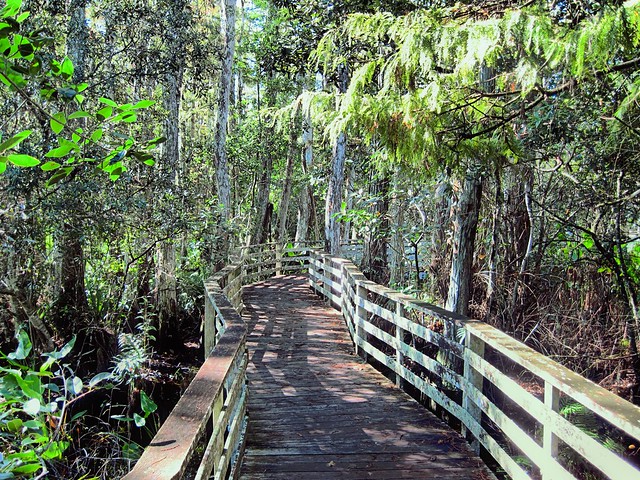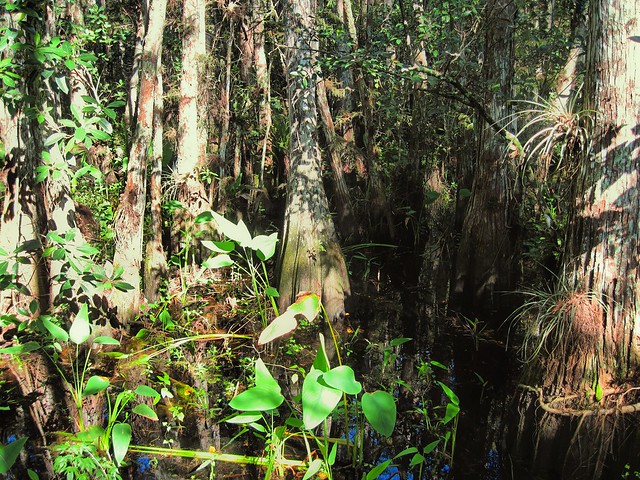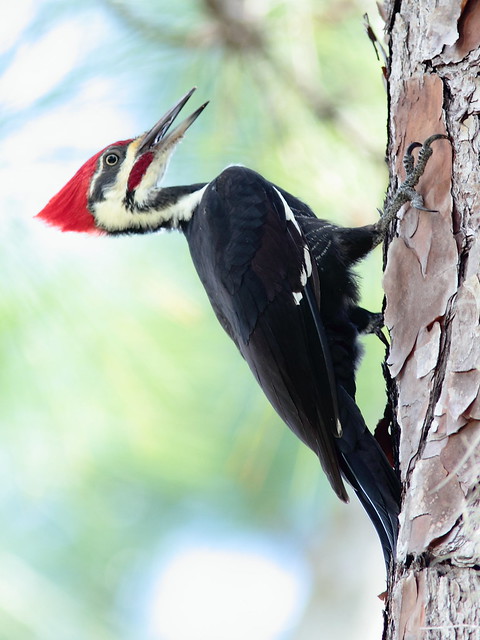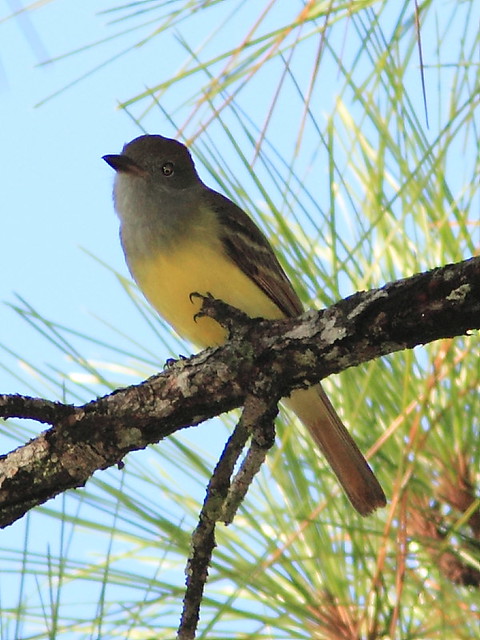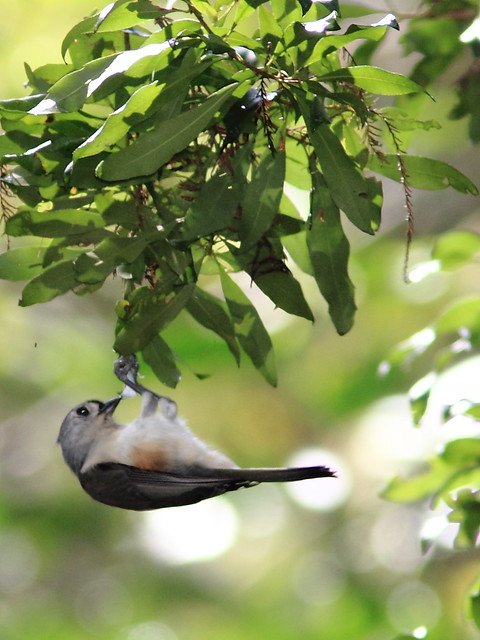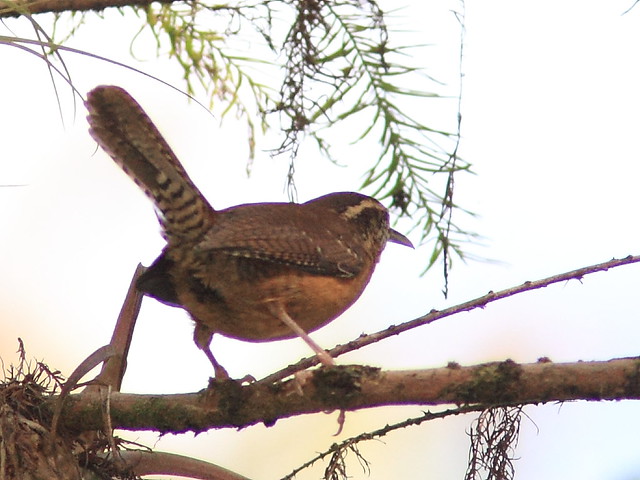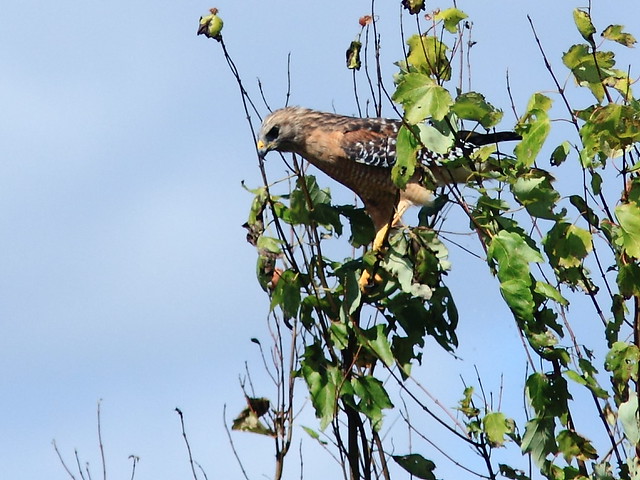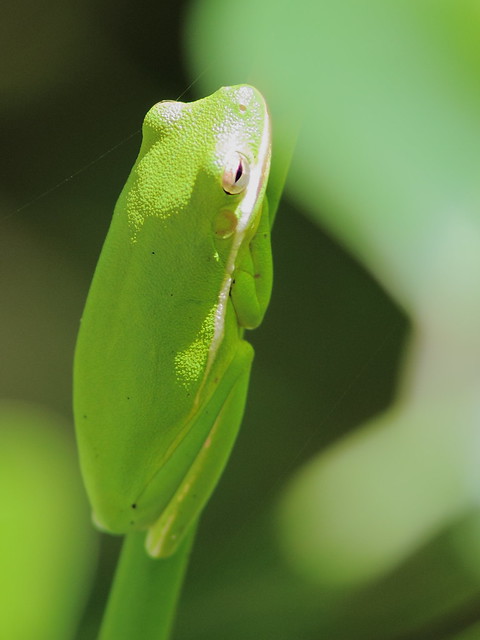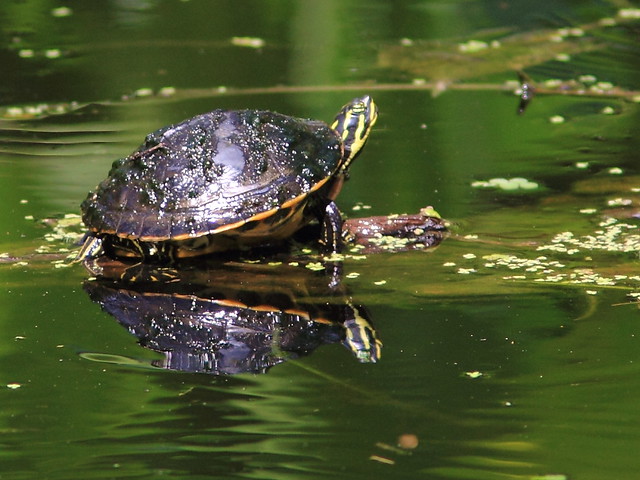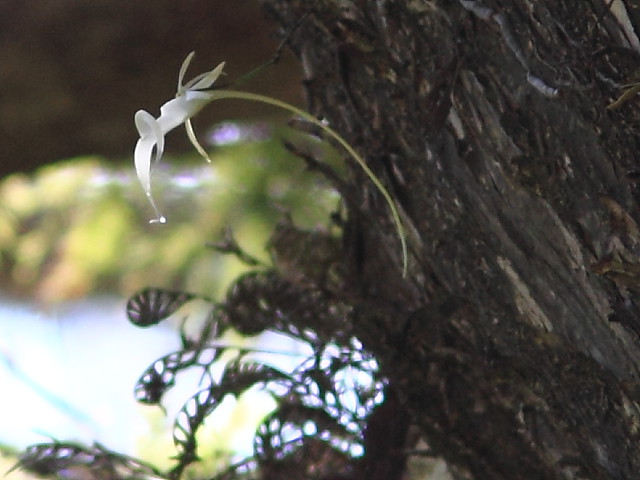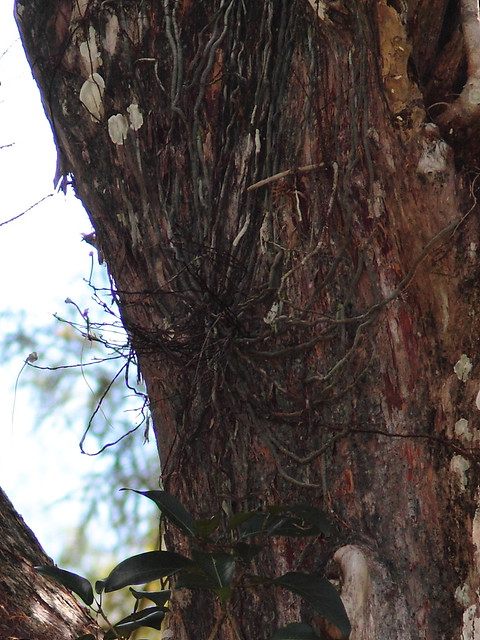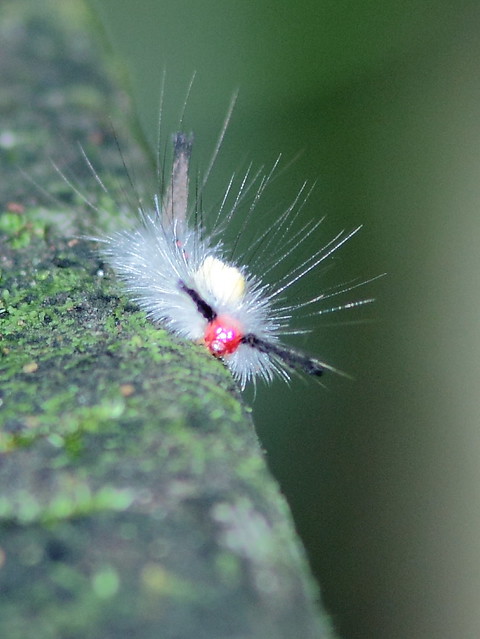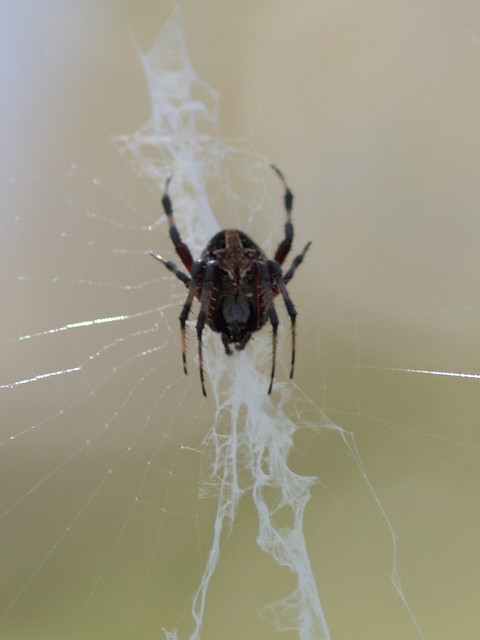Posted by: Ken @ 4:37 am
With a couple of other birders from South Florida Audubon, I visited Corkscrew Swamp east of Naples. This Audubon sanctuary is a marvelous place. If you can read the sign below, it shows the habitat features traversed by more than two miles of boardwalk trails.
Since fall migration is in progress, we rather expected to be treated to many warblers. For some reason this did not happen. There were several warblers, but all were high in the trees, deep in the shadows, or back-lighted by the sky. It was an enjoyable trip, despite the heat and humidity.
Entrance sign (click image to enlarge).
This section of the boardwalk meanders through a Pond Cypress stand.
The Pond Cypress swamp looked promising, but we found relatively few birds.
A Pileated Woodpecker foraged near the entrance. Good views of this species are almost guaranteed on any visit to Corkscrew Swamp.
Great Crested Flycatchers were numerous.
Tufted Titmouse were calling everywhere.
A Carolina Wren was going the other way, but this was the best I could do.
A light morph Short-tailed Hawk flew over, but it was impossible to get a photo through the intervening branches. This Red-shouldered Hawk, seen from the viewing platform in the open Central Marsh area was more cooperative.
Because of the high water that disperses aquatic prey, waders were few and far between. This Little Blue Heron is the only heron we saw within the preserve, though many were out in nearby retention ponds.
A Green Tree Frog clung to a plant stem.
I believe this is a Florida Red-bellied Turtle, but I welcome confirmation of the species.
A Swamp Lily almost seems to glow in the shade of the cypress trees.
A highlight of the walk was seeing two rare orchid species in bloom.
The Clamshell Orchid is quite rare in the Everglades, as it has very demanding habitat requirements. Florida can have cold snaps, and the water in Corkscrew Swamp holds onto the heat and protects tender vegetation. However, this orchid ranges in the tropics from Mexico to Brazil and is common in many orchid collections.
The Ghost Orchid is so called because it lacks leaves, yet from some angles its flower resembles Casper the Ghost. The plant consists only of a spider-like root system that clings to the bark of trees, and flowers that boom infrequently. It grows only under very hot conditions. It is very rare in the wild, and only two specimens are visible from the boardwalk at Corkscrew Swamp.
The second Ghost Orchid had just finished blooming only two days previously. Here is its root system and the dried-up remains of a single flower. The orchid is not a parasite, but an epiphyte that dwells on the tree and derives no nourishment from its host.
Despite the lack of birds, we found many other photographic subjects, including this poisonous White-marked Tussock Moth. Its hairs can cause a nasty painful rash.
I could not identify the species of this orb weaver, but it has rather distinctive dorsal abdominal markings.














